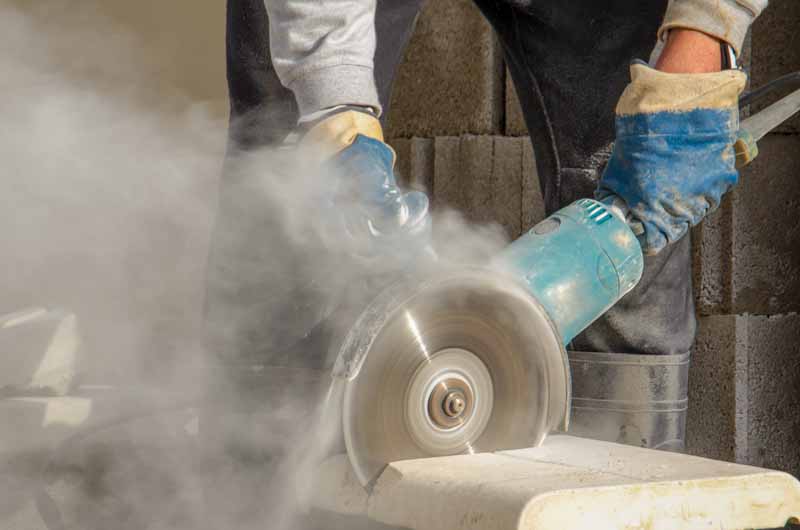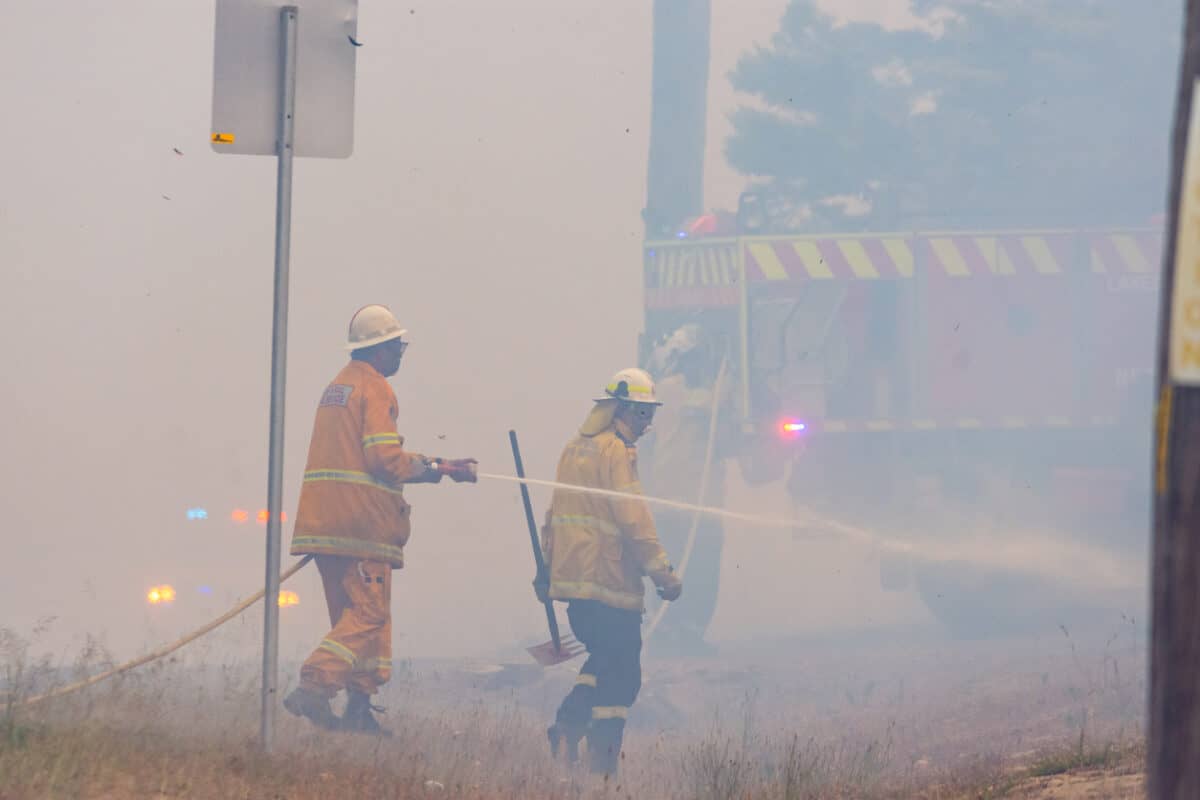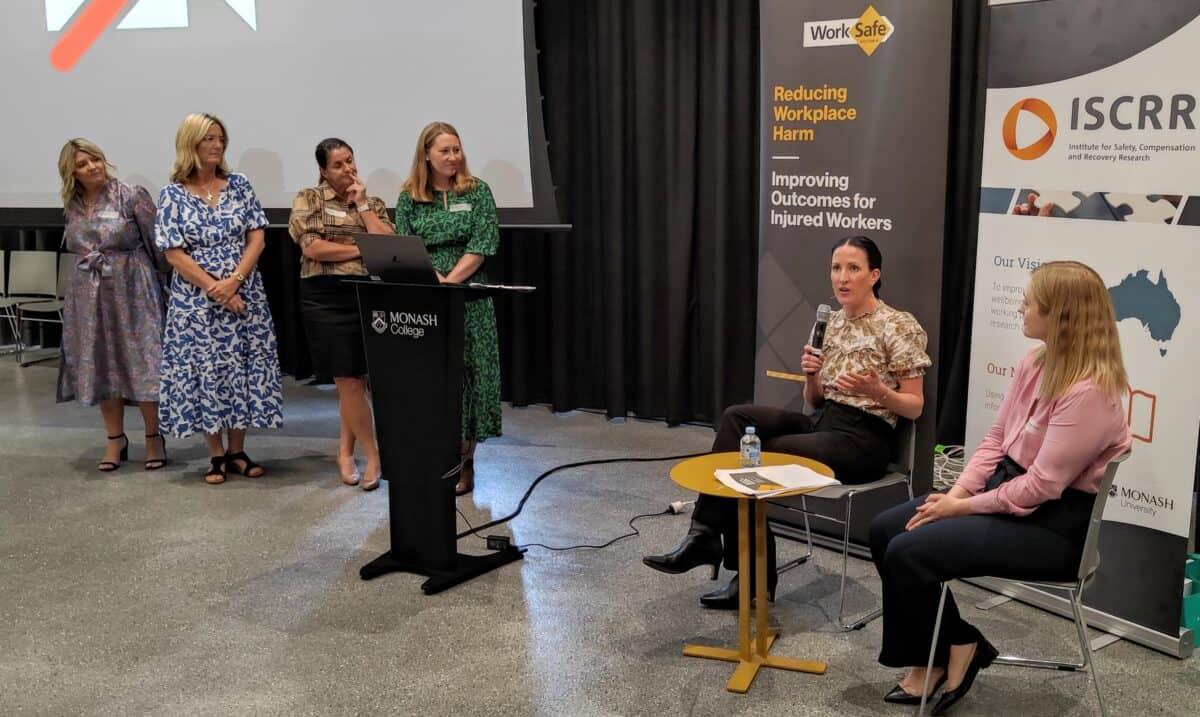The WorkSafe Victoria Awards Night for 2022 contained three main speeches:
- Minister for WorkSafe – Danny Pearson
- WorkSafe CEO – Colin Radford
- Worksafe Chair – Bob Cameron
Pearson
Pearson’s speech contained a couple of elements that implied it was written by someone without a deep understanding or history of OHS in Victoria. He mentioned “Kaizen” which was a blast from the past, being associated with lots of Lean managements and Six Sigmas. These concepts are rarely heard of in OHS circles now, perhaps because the Kaizen focus in Australia was often on individual workers and efforts rather than systems of work. Pearson said:






